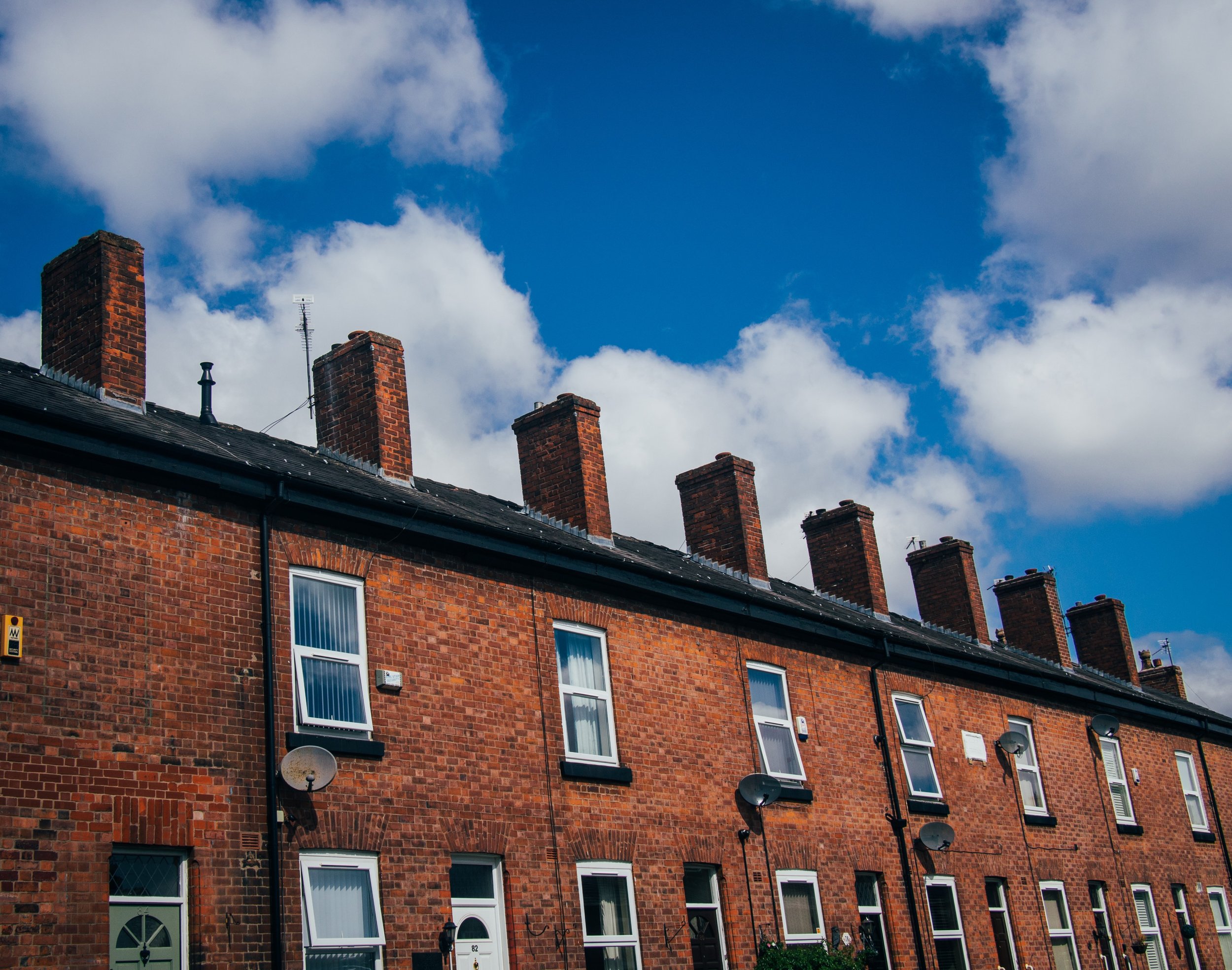Reducing The Cost of SHDF Delivery With LOW-COST, HIGH-IMPACT Solutions
With energy prices soaring and with one in four homes in UK social housing now living in fuel poverty, landlords must deliver essential retrofit work to ensure homes are comfortable, safe and energy efficient. Current government-funded schemes like SHDF are in place to assist local authorities and housing associations with carrying out these essential retrofit projects. With social landlords catering to a vast majority of their housing stock being energy inefficient, they are looking for ways to maximise that funding to have the best possible impact on their residents.
Project teams are grappling with rising costs in materials, labour, and compliance. As budgets tighten and resources become increasingly stretched, optimising project expenditure becomes paramount. However, amidst these challenges, innovation emerges as a path to deliver high-impact results to energy-inefficient homes, at a lower cost than traditional measures.
One area where innovation is significantly impacting is addressing heat loss from suspended timber floors. Traditionally considered too expensive, difficult, or disruptive, underfloor insulation often finds itself at the bottom of the priority list for retrofit projects. However, with the introduction of AirEx Floorvent, AirEx’s smart airbrick, the industry is shifting its mindset to solve this problem. This innovative solution doesn't focus on insulating underfloors, but instead prevents cold draughts from travelling through them. Traditionally suspended floors need airbricks for ventilation, which cause constant cold draughts, resulting in 15% of total home heat loss. By replacing these traditional airbricks with Floorvent, airflow is optimised, ensuring the airbricks are only open when necessary and closed to draught-proof the suspended floors for the rest of the time.
The most common “quick win” retrofit measures for UK homes are cavity wall and loft insulation because they are inexpensive and can have a significant impact on resident comfort, as well as contribute to raising the EPC rating of a home. Solutions such as these assist local authorities and housing associations in making their budget and funding pots stretch further so that more households experiencing fuel poverty can access the benefits of a retrofit.
Installing Floorvent alongside these measures acts as the missing piece of the puzzle when raising a property's EPC rating. Cavity wall, loft and (finally!) underfloor heat loss are addressed in a low-cost way, without the high costs or disruption to residents. For just a few hundred pounds and less than a couple of hours of labour, AirEx Floorvent becomes one of the most cost-effective ways of gaining 2-4 EPC points.
By incorporating AirEx Floorvent as a standard measure in homes with suspended timber floors, project costs can be significantly reduced. This reduction creates crucial budget headroom, allowing for the inclusion of more homes in retrofit programs. Something once thought too expensive and complicated becomes not just feasible but also beneficial.
By leveraging innovative solutions like AirEx Floorvent, project teams can overcome cost barriers and streamline retrofit processes. What was once considered a hindrance can now become an obvious choice for retrofit professionals when assessing a home. The next quick win.
As social housing is an industry grappling with rising costs and budget constraints, innovation offers hope for overcoming costly problems that have existed for years. Solutions like AirEx Floorvent highlight the need for innovation to reshape how we face housing retrofits, making previously ignored areas of improvement not only achievable but also cost-effective.


